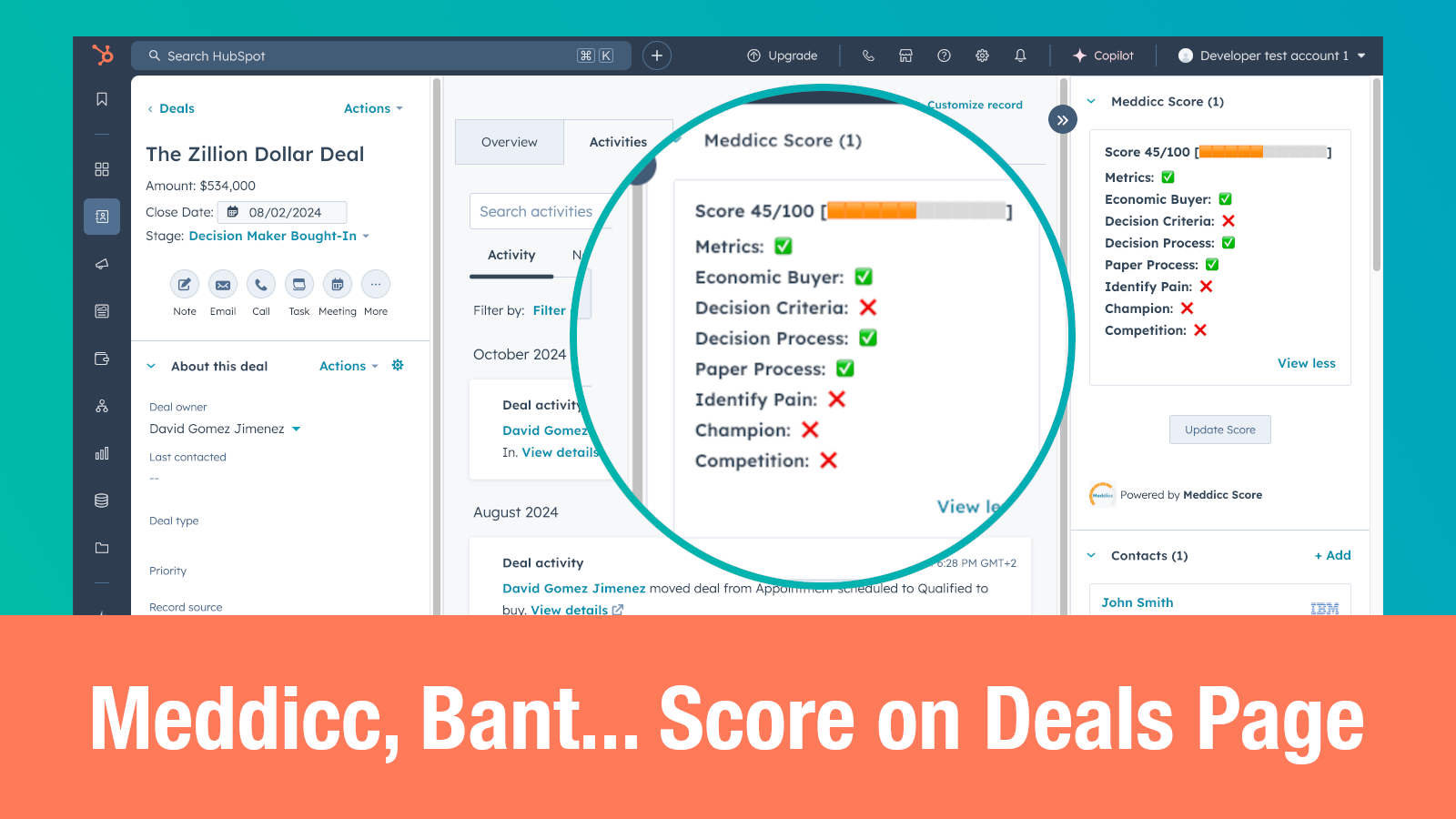Mastering Objection Handling: Proven Sales Techniques to Boost Your Confidence
Objections are a natural part of the sales process, but successful salespeople know that handling objections with confidence is what truly sets them apart. If you’re ready to elevate your sales game, learning proven objection handling techniques is crucial. In this comprehensive guide, we’ll explore actionable strategies to help you address customer concerns, maintain confidence in sales, and ultimately close more deals.
What is Objection Handling?
Objection handling refers to the process of addressing concerns, doubts, or hesitations that potential customers may express during a sales conversation. These objections can relate to price, product fit, timing, or other factors. How you respond makes a significant difference in building trust and guiding the buyer toward a positive decision.
Why Confidence in Sales Matters
Confidence in sales isn’t about being pushy or aggressive. It’s about believing in the value of what you offer and communicating that assurance to your prospects. Confident salespeople can navigate objections smoothly, instill trust, and create a positive buying experience.
7 Proven Objection Handling Techniques
1. Listen Actively
Let the prospect express their concerns fully before responding. Don’t interrupt or jump in with a solution right away. Active listening shows empathy and helps you understand the root cause of the objection.
Tip: Use phrases like, “I understand your concern,” or, “Tell me more about what worries you.”
2. Acknowledge and Empathize
Empathy is key to building rapport. By acknowledging the objection, you validate the prospect’s concerns.
Example: “I see why you’d feel that way. Many of our clients had the same initial concern.”
3. Ask Clarifying Questions
Dig deeper with open-ended questions. This uncovers the true issue behind the objection.
Example Questions:
- “What would need to happen for this to feel like a good fit for you?”
- “Can you elaborate on what specifically concerns you about the price?”
4. Provide Evidence and Social Proof
Use facts, data, case studies, or testimonials to demonstrate how your product/service addresses their concerns.
Example: “Several companies in your industry felt the same way but saw [specific result] after using our solution.”
5. Reframe the Objection
Shift the perspective to show the prospect the benefits of taking action, rather than focusing on their concern.
Example: “While the initial investment might seem high, our clients typically see a return within three months, making it a cost-saving solution in the long run.”
6. Address the Objection Directly
Don’t dodge tough questions. Discuss them openly and provide clear, honest answers.
Example: If someone says, “This seems complex,” you might respond, “I agree that new systems can be challenging, which is why we offer dedicated onboarding support every step of the way.”
7. Confirm Resolution and Move Forward
After handling the objection, gauge the prospect’s comfort level and redirect the conversation toward closing.
Ask: “Does that address your concern? Are you ready to take the next step?”
Quick Tips for Building Confidence in Sales
- Know your product inside out.
- Practice common objection scenarios.
- Celebrate small wins to boost your self-belief.
- Remember: No salesperson closes 100% of deals—rejection is part of growth.
Conclusion
Handling objections expertly is an essential component of effective sales techniques. By practicing active listening, showing empathy, and confidently addressing concerns, you’ll not only boost your confidence in sales, but also create stronger connections with your clients. Start incorporating these objection handling strategies today and watch your closing rate soar.
Ready to take your sales techniques to the next level? Bookmark this guide and practice these tips in your next sales conversation!




